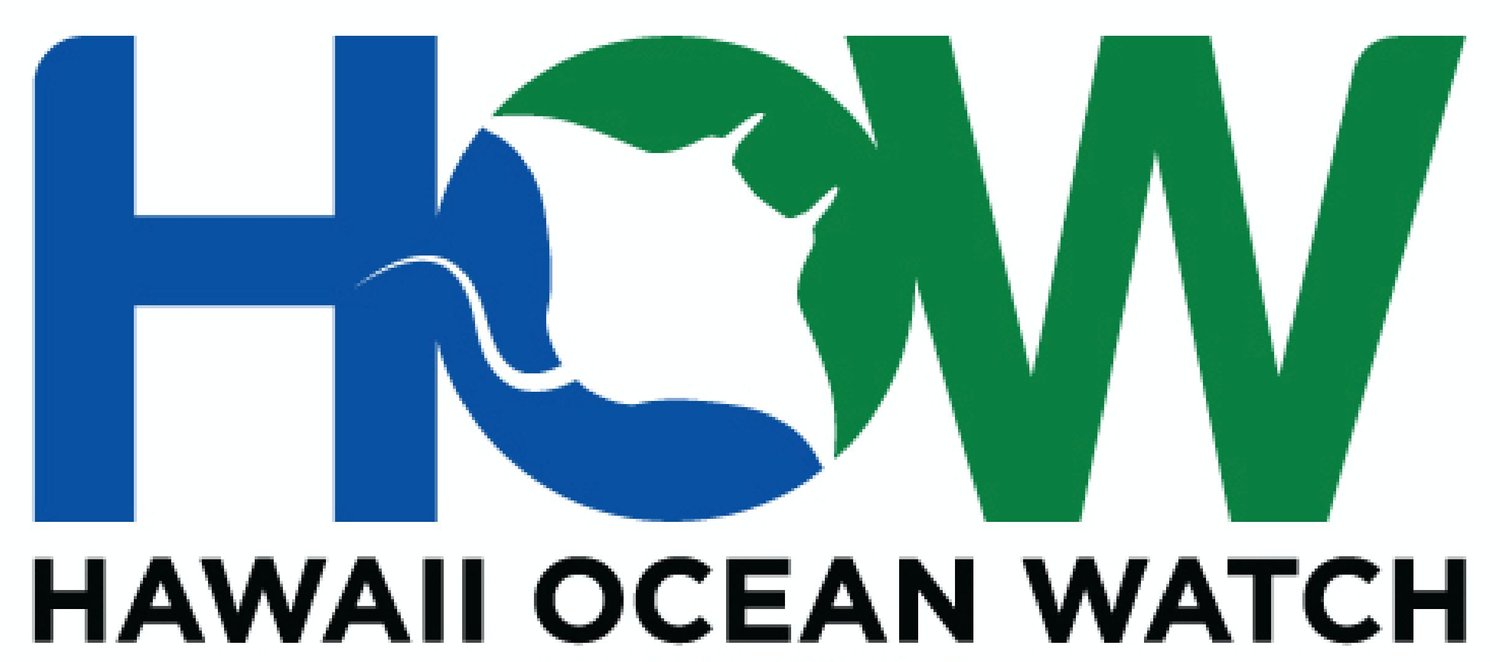Manta ray viewing sites - kona coast
There are three established “manta ray viewing sites” along the West Cost of Hawaii. Two of these sites are only accessible by boat, while the third one is only accessible from a private beach (owned by a hotel).
What makes something a “manta viewing site”?
A “manta ray viewing site” is a location where manta rays show up consistently, and where activity providers can take their guests on a manta ray swimming, snorkeling, or scuba diving experience.
Manta rays come to feed at these locations almost every night; if you participate in an organized manta ray tour, there is over 70% chance of seeing at least one manta at night.
Ideally, the Campfire Method is applied when people come to experience the manta rays. This method concentrates the activity in one location, ensuring optimal safety for the participants - and allowing the manta rays to freely swim and feed without the risk of collision with participants or boats.
manta ray viewing sites in Kona
There are three manta ray viewing sites along the Kona coast: Manta Village and Manta Heaven, which are only (safely) accessible by boat - and Manta Point, which can only be accessed from a private sandy beach.
Site #1: “Manta Village” (Keauhou)
The zone in front of what’s now the Outrigger Kona Resort & Spa at Keauhou Bay was the first manta ray viewing site. The official name is Kaukalaelae Point, but most people call it “Manta Village.”
In the early 70s, the resort (then called Kona Surf Hotel) started illuminating the surf zone with bright floodlights so their guests could enjoy the waves at night from their rooms and decks.
The lights unintentionally attracted a high concentration of plankton, the mantas’ primary food source. Over time, through classic conditioning, the manta rays became accustomed to a plankton buffet at this location.
Because of the rocky volcanic coastline, the site is only accessible by boat. In 1991, a tour operator called Kona Coast Divers realized this was a great opportunity for nightly manta ray viewings. They became the first boat operators to schedule night dives to see manta rays in the area.
The nightly attraction was an instant hit, and other operators followed suit. Over the years, more mantas visited the site at night, and manta ray tours went from one boat once a week to several boats every single night.
The viewing site was abandoned between 2000 and 2004 when the Kona Surf Hotel closed its door - but manta rays quickly returned after new floodlights were installed in 2004.
— Read the full history of the “Manta Village” viewing site on mantarayadvocates.com
Site #2: “Manta Heaven” (Makako Bay, near the Airport)
In 1999, a second viewing site was established near Keahole Point, the most western tip of the Big Island of Hawaii. The site called “Manta Heaven” is located in Makako Bay, offshore from the Kona International Airport. During daylight hours, the dive site is called “Garden Eel Cove”.
— Read the fascinating story of how Manta Heaven was established as a manta-viewing site on this page.
Site #3: “Manta Point”, Private site in Kauna’oa Bay
The legendary Mauna Kea Beach Hotel, built by Lawrence Rockefeller in 1965, in Kauna’oa Bay on the Kohala Coast, illuminated the bay’s shallow waters for decades with bright lights.
Because the hotel is on private grounds, it’s not accessible to the general public. Motorized vessels are also prohibited from entering Kauna’oa Bay, which makes it impossible to organize manta ray viewing boat tours on this site.
Why are there only 3 manta ray viewing sites?
Over the years, efforts have been made to add a fourth manta ray viewing site - this would greatly relieve the overcapacity on the two main viewing sites, and make it easy for tour operators to apply the Campfire Method of operations and to comply with the manta ray tour operator standards.
In 2013, one tour operator tried creating a new manta viewing site close to the harbor, where most boats leave from. They set up a lightbox (with a camera attached) in the same location for six weeks, hoping to attract plankton - which in turn should attract manta rays…
For these six weeks, the lightbox drew lots of plankton - but not one single manta ray showed up to feed.
No one has tried to establish a new viewing site since then. The consensus among manta ray experts is that attracting manta rays to a specific location takes several years before you would see a consistent sighting record of over 70%.
Read more
On MantaRayAdvocates.com, you can find a detailed article with the full history of the manta ray viewing sites (and beautiful pictures).
Visit this page to learn more about safety and sustainability at the manta ray viewing sites!



